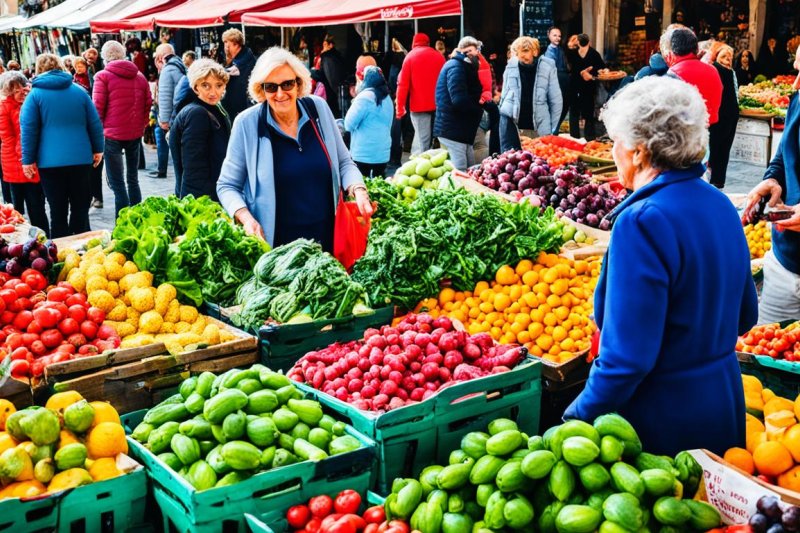Families Spent Almost 40% of Budget on Food
The consumption trend of Albanian families has changed slightly in 2023. A family continues to have the largest part of the budget for food, with 39.6% of the total, almost the same level as a year ago.
There is an increasing trend for restaurants, hotels, and furniture, while the weight for education and health has remained the same. The data were made known in the 2023 household budget survey, published on Friday by INSTAT.
INSTAT reports that in 2023, the average monthly consumption expenses for a family, consisting of an average of 3.7 people, is estimated at Lek 91,675 [around Euro 910].
The total expenditure on consumption is about Lek 68.4 billion per month. A family spent an average monthly value of Lek 36,349 on food and non-alcoholic beverages, a lot that accounts for 40% of the family budget. Expenses for housing, water, electricity, and rent are calculated at approximately Lek 9 thousand, or 9.7% of the total budget. While 7.4% of the family budget is calculated to be spent on restaurants and hotels.
Families in Tirana have the highest level of consumption expenditure, on average Lek 108,098 per month. The district with the lowest level of consumption expenditure is Kukësi, with on average of Lek 73,225.
Furthermore, Albania has almost half of its population at risk of poverty, a much higher percentage compared to the Region and the European Union.
According to Eurostat data and internal measurements by INSTAT, Albania had 41.6% of the population at risk of poverty, the highest level in Europe. The data for Albania are from 2022, while for Europe from 2023. For Eurostat, "risk of being poor" classifies those persons who are deeply materially and socially deprived, or who live in families with very low employment intensity. Albania, Romania, and Bulgaria are the countries that still have a high percentage of the population living at the poverty line with 32 and 30% each, followed by Spain with 26.5% and Greece with 25.6%.
On the other hand, Croatia has the lowest level of the population living in poverty in Europe. In 2023 only 12% of the Croatian population was at risk of poverty, followed by Slovenia at 13.7%, Finland at 15.8%, and Poland at 16.3%.
In 2023, over 94 million people in the EU (21% of the population) were at risk of poverty or social exclusion, ie lived in families experiencing at least one of the three risks of poverty and social exclusion. The figure has dropped slightly compared to 2022 (95.3 million, 22% of the population).
In Albania, the risk limit of being poor for a person in 2022 is estimated at Lek 225,931, compared to Lek 191,791 in 2021, according to INSTAT.













